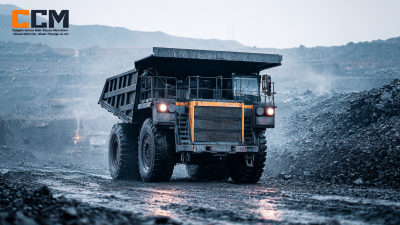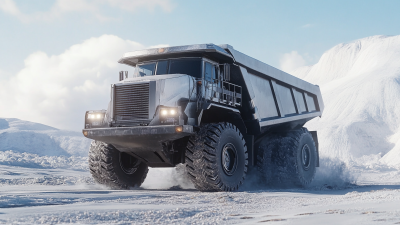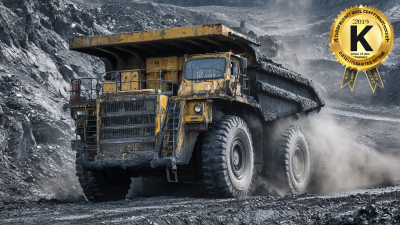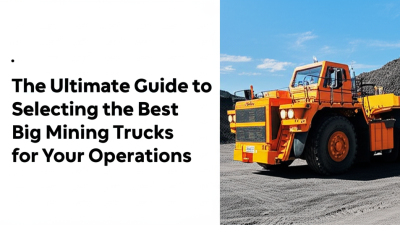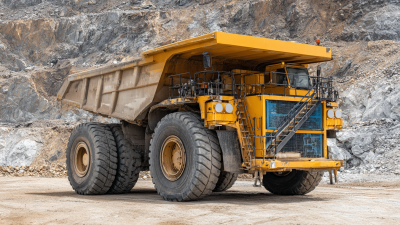Choosing the right Coal Mining Dump Truck is crucial for optimizing productivity and efficiency in mining operations. The selection process involves considering several key factors, including load capacity, durability, fuel efficiency, and terrain adaptability. With various models available on the market, it can be challenging to determine which dump truck will best meet the specific needs of your coal mining operations. Understanding the operational requirements and the specific challenges faced in coal mining is essential to make an informed decision. This guide aims to simplify the selection process by highlighting the critical aspects to evaluate when choosing a Coal Mining Dump Truck, ensuring that you invest in a vehicle that will maximize your operational output while minimizing costs and downtime. By carefully considering these factors, you can enhance your mining operations and achieve long-term success in the competitive coal industry.
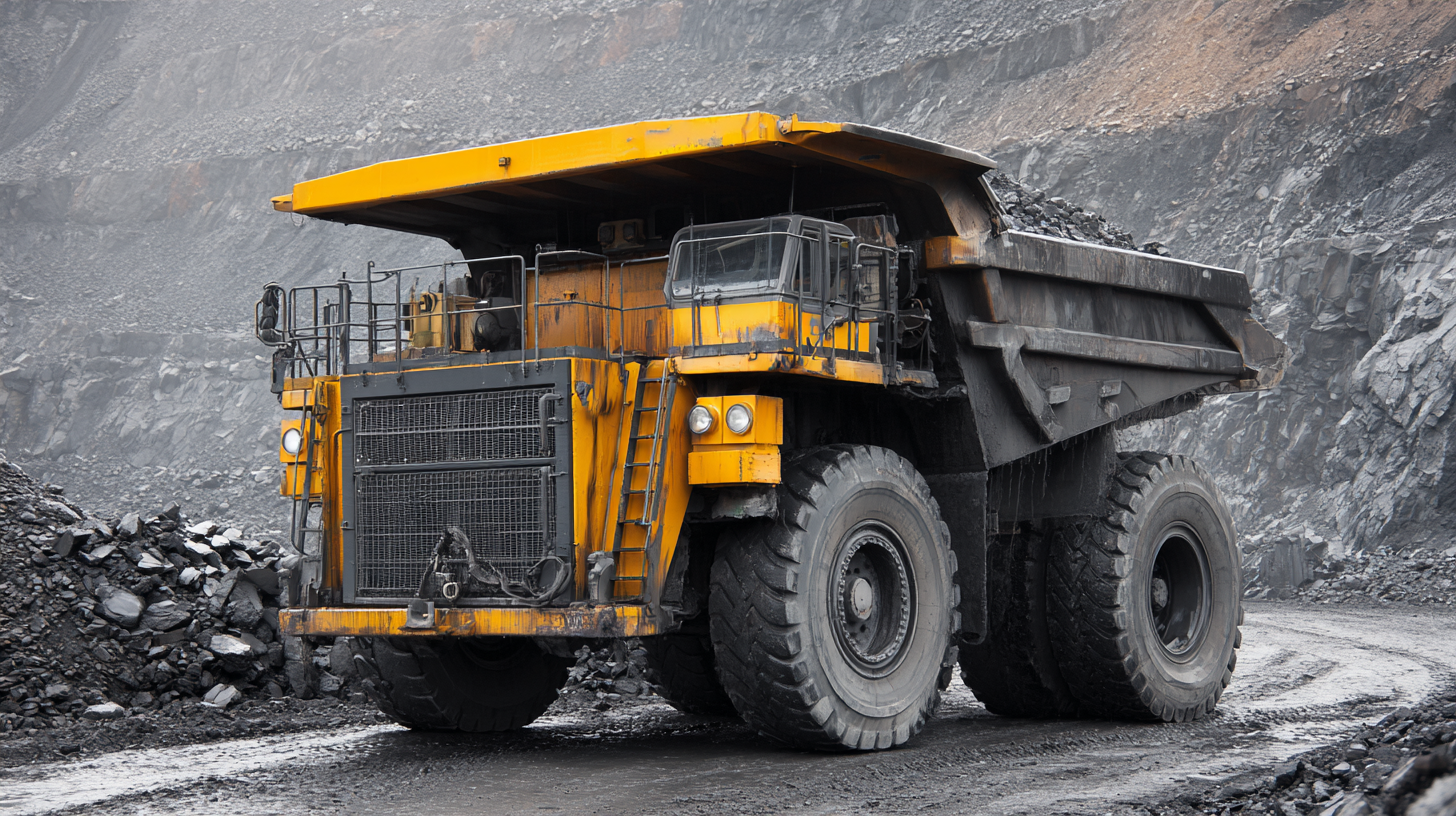
When selecting a coal mining dump truck, it's essential to understand the various types available and how each fits into your operational needs. The two primary categories of dump trucks are conventional trucks and articulated trucks. Conventional dump trucks feature a fixed chassis with a hinged tray that tilts to dump materials. They are ideal for flat terrains and are often preferred for their simplicity and ease of maintenance.
On the other hand, articulated dump trucks, which consist of two main sections connected by a hinge, excel in navigating rough and undulating terrains commonly found in coal mining. Their design allows for greater maneuverability and stability, particularly in off-road conditions. Additionally, their enhanced power-to-weight ratio often means they can carry larger payloads. Understanding these differences can help you choose the right type of dump truck that aligns with your mining operations, ensuring efficiency and productivity.
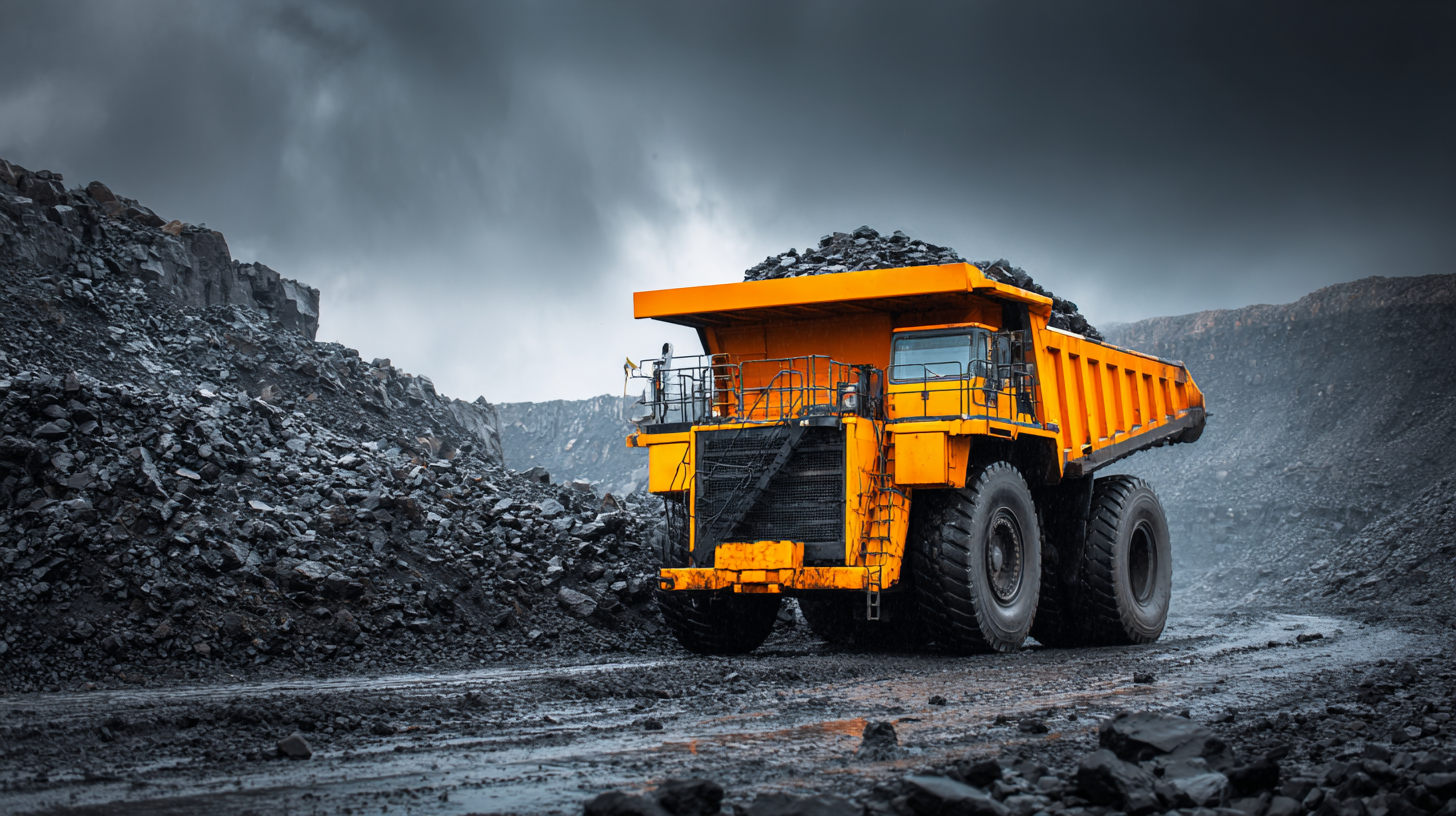
When selecting the right coal mining dump truck for your operations, assessing load capacity requirements is crucial to optimizing efficiency and safety. According to the Mining Equipment Manufacturers Association (MEMA), trucks used in coal mining typically carry loads ranging from 30 to 400 tons, with larger models designed to handle the substantial weight of coal while maintaining performance in rugged terrains. It is essential to evaluate the specific load capacity needed based on the daily operational requirements and the nature of the coal being transported.
To determine the appropriate load capacity, mining operations should consider factors such as truck size, the volume of coal to be moved, and the geographical challenges of the mining site. A report from the International Council on Mining and Metals (ICMM) highlights that using trucks with the right load capacity not only enhances productivity but also reduces operational costs by minimizing wear and tear on equipment. For instance, a truck model with a capacity that exceeds requirement can lead to increased fuel consumption and reduced maneuverability, which can adversely affect the overall efficiency of mining operations. Therefore, conducting a thorough analysis of load requirements is paramount to ensure optimal truck performance and longevity.
| Truck Model | Maximum Load Capacity (tons) | Engine Power (HP) | Fuel Efficiency (MPG) | Payload Volume (m³) |
|---|---|---|---|---|
| Model A | 40 | 500 | 8 | 30 |
| Model B | 50 | 600 | 7 | 35 |
| Model C | 60 | 700 | 5 | 40 |
| Model D | 70 | 800 | 6 | 45 |
When selecting a coal mining dump truck, evaluating engine performance and fuel efficiency is crucial. The engine's power and torque ratings directly influence the truck’s ability to handle heavy loads and navigate challenging terrains typical in mining operations. A robust engine ensures that the dump truck can operate at optimal performance without compromising productivity. Look for trucks that use advanced engine technologies designed for high output while maintaining emission standards.
**Tips:** Consider engines with turbocharging or intercooling systems, as they can significantly enhance performance during heavy-duty tasks. Additionally, researching the truck’s payload capacity in relation to its engine performance will help ensure that you choose a vehicle capable of meeting the demands of your operation without excessive strain on its mechanics.
Fuel efficiency is another vital aspect to consider, as it directly impacts operational costs. A truck that consumes less fuel while providing the necessary power can lead to substantial savings over time. Assess various models' fuel consumption rates, and don't forget to factor in the maintenance costs associated with each.
**Tips:** Look for dump trucks that feature eco-friendly technologies or hybrid options, which can offer better fuel economy and lower emissions, aligning with modern sustainability goals in coal mining operations.
When selecting the appropriate coal mining dump truck for operations, analyzing maintenance needs and support services is crucial. A well-planned maintenance strategy ensures that the dump truck operates efficiently and has minimal downtime. It's essential to evaluate the truck's design, as modern models often come with features that simplify maintenance tasks, leading to improved serviceability. Moreover, understanding the availability of replacement parts and technical support can significantly influence the operational performance, reducing the risk of prolonged outages.
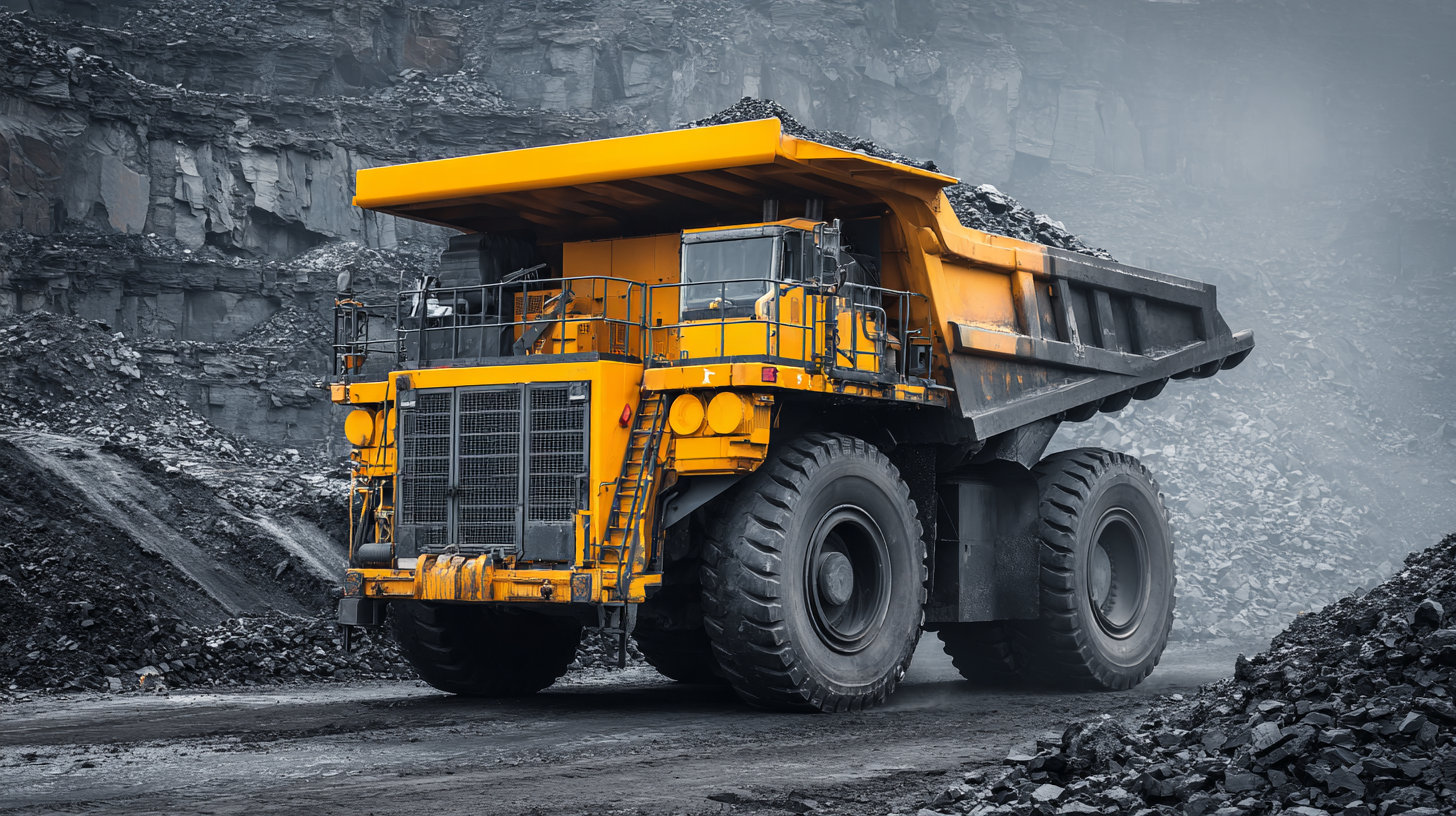
Furthermore, investing in a reliable support service can enhance the longevity of the dump truck fleet. Companies should look for service providers that offer comprehensive training for operators and maintenance staff, facilitating better handling of equipment. Regular maintenance schedules, along with timely service interventions, can mitigate issues before they escalate. By focusing on these aspects, companies can ensure optimal performance, thereby enhancing productivity and cost-effectiveness in their mining operations.
When selecting a coal mining dump truck, integrating safety features and technology should be at the forefront of your decision-making process. According to the Global Mining Guidelines Group, over 70% of mining-related incidents can be traced back to vehicle operation. This statistic emphasizes the importance of choosing trucks equipped with advanced safety technologies such as collision avoidance systems, rollover protection, and real-time monitoring of driver behavior. These features not only help protect operators but also minimize costly downtime caused by accidents.
Additionally, technology integration plays a critical role in enhancing operational efficiency and safety. The adoption of telematics systems allows for the tracking of vehicle performance and location, providing valuable data for maintenance and operational planning. A report from ResearchAndMarkets forecasts that the global mining equipment market, including dump trucks with integrated technologies, is expected to reach $142 billion by 2025. By investing in these modern solutions, mining operations can significantly boost productivity while ensuring a safer working environment for all personnel involved.
